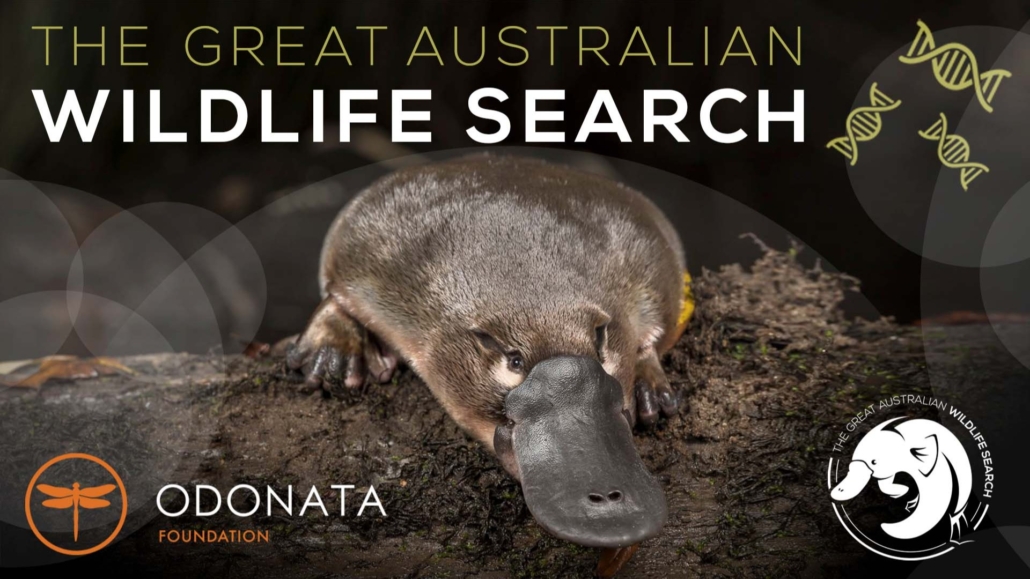eDNA Testing in the Cudgegong River! What will we Find?
Published 27th October 2023. Written by Maddison O’Brien
Imagine you could identify where threatened species live by collecting just a few samples of water… thanks to new environmental DNA (eDNA) technology this is now a reality! Watershed Landcare is excited to be participating in the great Australian Wildlife Search which will see citizen scientists conducting testing at multiple locations along the Cudgegong River and Lawson Creek. This amazing technology has the capability to detect thousands of aquatic and terrestrial species which have interacted with the water over a 14-day period. While the project is particularly focused on detecting threatened aquatic species like the Platypus and the Murray River Short-Necked Turtle the tests will also capture a wide range of species, providing a unique snapshot of our waterway health.

The Great Australian Wildlife Search is a nationwide initiative focused on conservation through citizen science and innovative environmental eDNA technology. The program aims to identify and protect regions of ecological significance by leveraging the power of community participation The program allows volunteers, known as citizen scientists, to collect water samples from designated sites, enabling the detection of traces of DNA that wildlife shed into their environment. This will provide a necessary baseline for future monitoring and help to inform ongoing protection and conservation efforts.
eDNA testing involves searching for tiny pieces of genetic material, like DNA, that animals and plants leave behind in the water. When animals swim, they shed skin cells, leave behind bits of their hair, or release waste, and these bits carry their unique genetic code. We can collect water samples and send them off to labs to be analysed with special equipment. By decoding the DNA, we can figure out which species are present in the water without actually seeing them, which is super useful for studying and protecting our rivers and the creatures that call them home.
This research comes at an important time, in the wake of the La Nina floods (and at the beginning of the next dry season), environmentalists are lacking data on how the floods might have affected species diversity and distribution. On a local level it’s exciting to have the opportunity to obtain some hard evidence on what creatures are living in our waterways, this information can inform our future projects so we can protect species diversity into the future.
In our region we’re hoping to find some special species like the Australasian Bittern, Blue-billed Duck, Australian Painted Snipe, Sloane’s Froglet, and endangered fish like the Eel-tailed Catfish, Silver Perch, and Southern Purple Spotted Gudgeon.
Testing will take place between the 4th and the 27th of November and any keen citizen scientists who are eager to be involved are encouraged to reach out at info@watershedlandcare.com.au. Stay tuned for the results!




